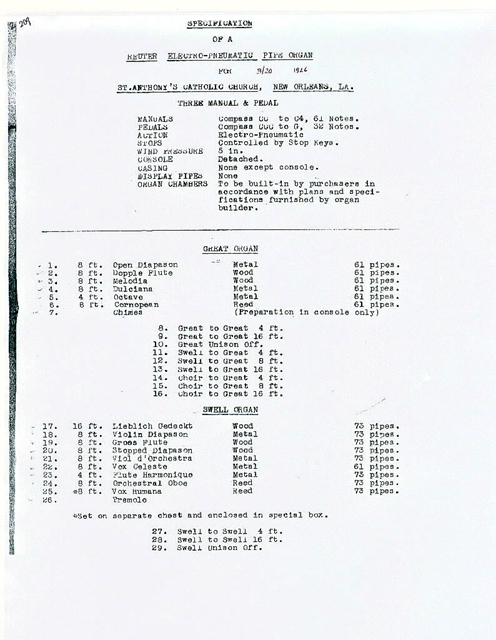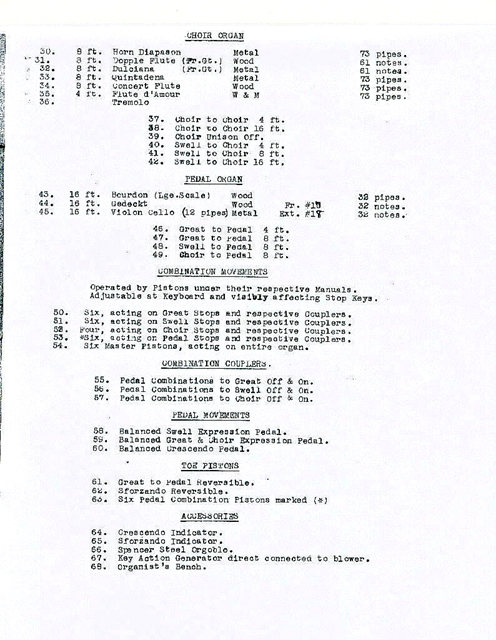4640 Canal Street, New Orleans, LA.
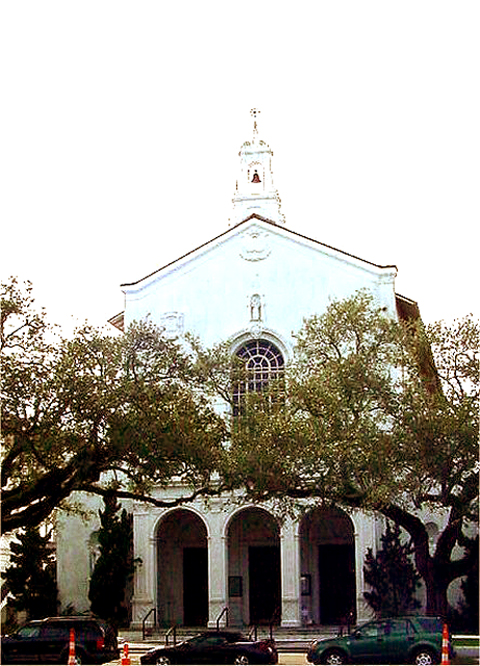
Prior to the late 1800's, many areas within the present boundaries of New Orleans were unusable for residential or commercial development, mainly due to the fact that the city was mostly below sea level, and areas north and west of the Mississippi were swamp land and prone to flooding.
In the late 1800's, the New Orleans Sewerage and Water Board, under the direction of engineer A. Baldwin Woods, constructed artificial levees and a mechanical drainage system which permitted the draining of rain water from the swamps. This spurred the development of areas such as Gentilly, Broadmoor, and the Canal Street Corridor which extends from downtown to the cemetery area at Metairie Road.
Soon after the new land was opened for development, the Canal Street Corridor became a prime residential area, and a number of the city's wealthiest citizens procured land along Canal Street in order to build large homes. Many of these homes remain today, although most have been turned into apartment or commercial properties.
In keeping with the shifting population, and given that a large number citizens of New Orleans were Roman Catholic, the Archdiocese undertook a major building program in the era ranging from 1910 through 1929. In most cases, the building activity directly tracked the outward migration into those newly available areas of the city. Churches built in this era included not only St. Anthony of Padua, but also a new church to replace the smaller Sacred Heart of Jesus Church further up Canal Street, St. Rose of Lima in the Bayou Road section, St. Rita Of Cascia in Broadmoor, and several others.
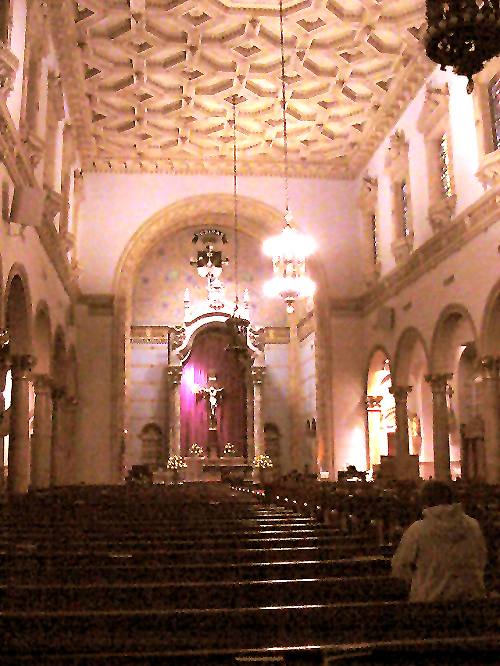
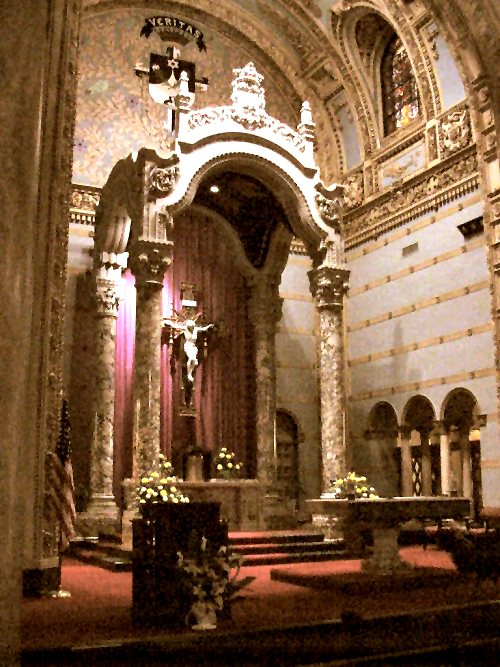
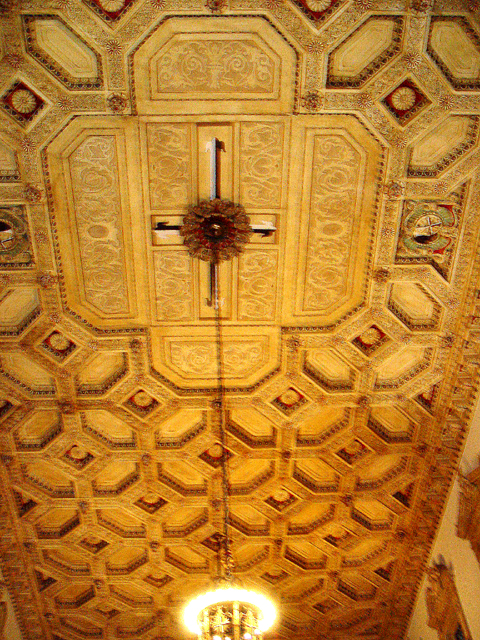

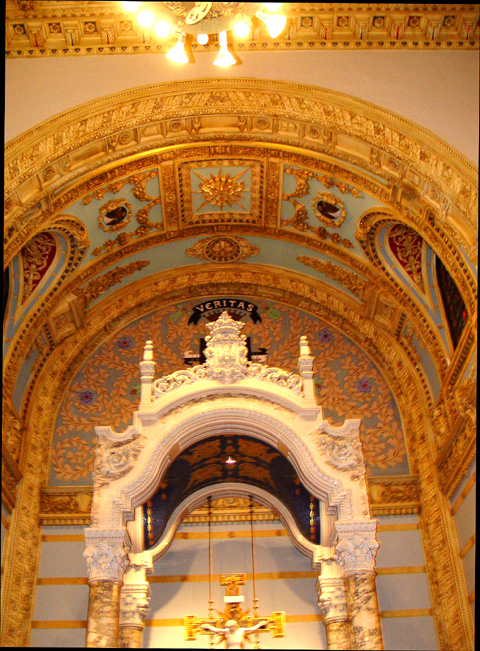
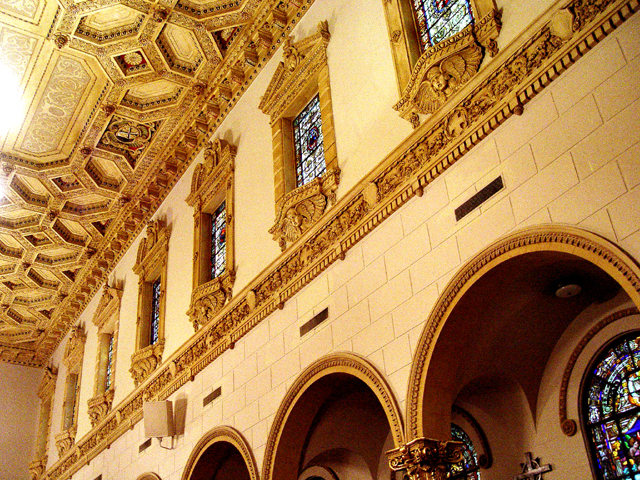
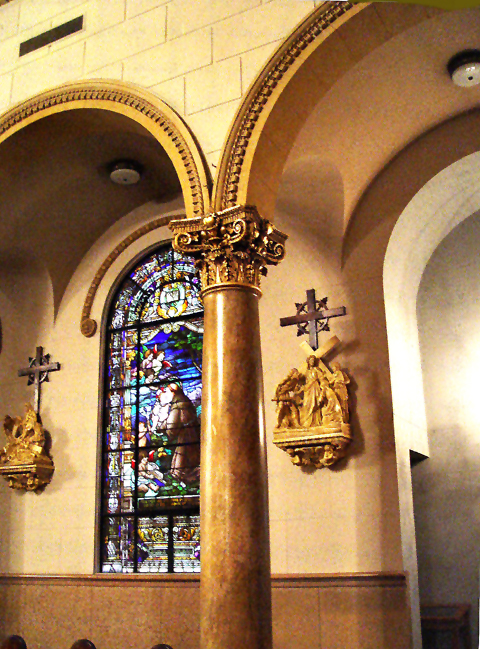
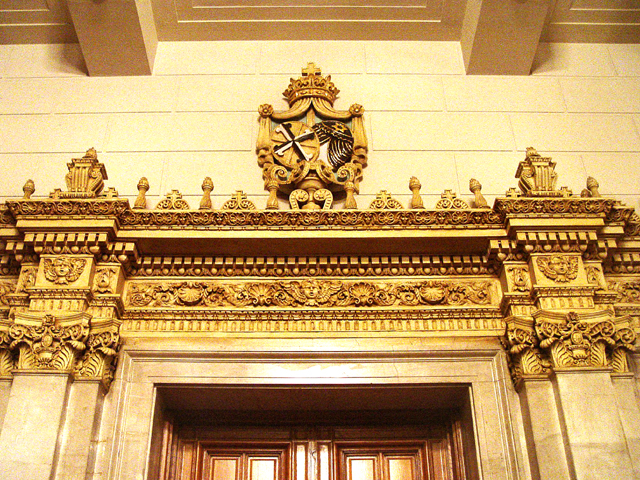

At the time of completion of St. Anthony Of Padua Church in the 1920's, a Reuter organ (Opus 209) was installed. The instrument became unusable in the late 1960's due to age and neglect, as well as damage from Formosan termite infestation of the console. At that time, a Baldwin electronic organ (believed to have possibly come from the original St. Ann's Catholic Church on Ursuline Avenue) was installed in the front of the church near to the altar. Prior to Hurricane Katrina, the church purchased a small Allen digital organ, with the intent that consideration would be given to restoration of the original Reuter instrument. Following Katrina, the death of the organist / music director occurred, and the present status of this organ and project are unknown.
At last word, the parishes of Sacred Heart of Jesus and St. Anthony of Padua had been combined, with the St. Anthony of Padua building remaining as the new parish church, and the Sacred Heart Church building having been closed.
(Information courtesy of Reuter Organ Company)
